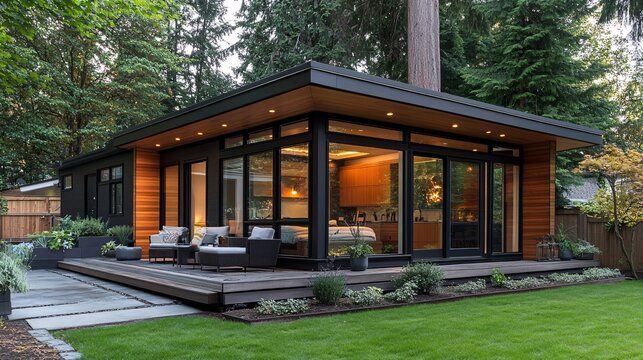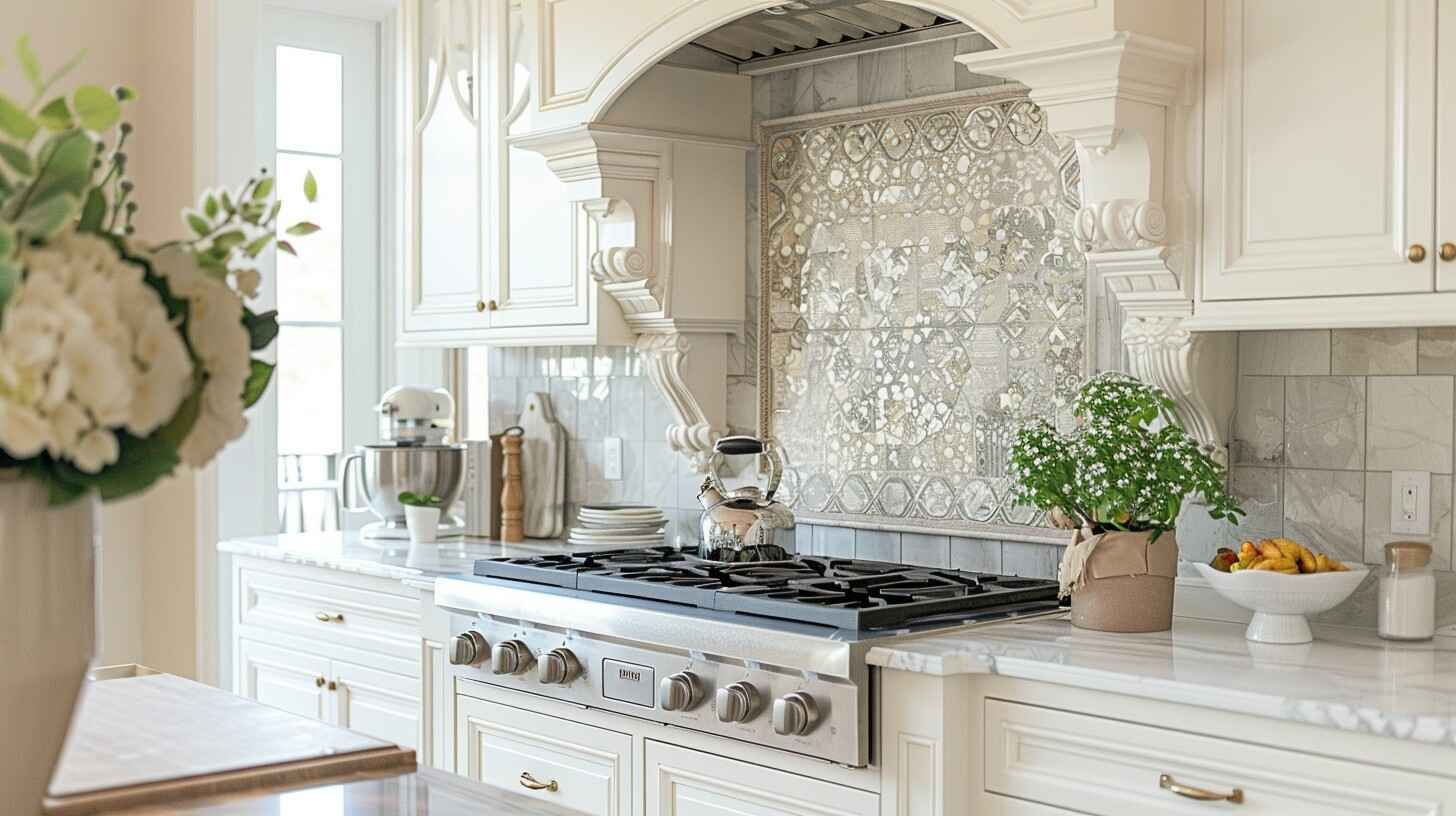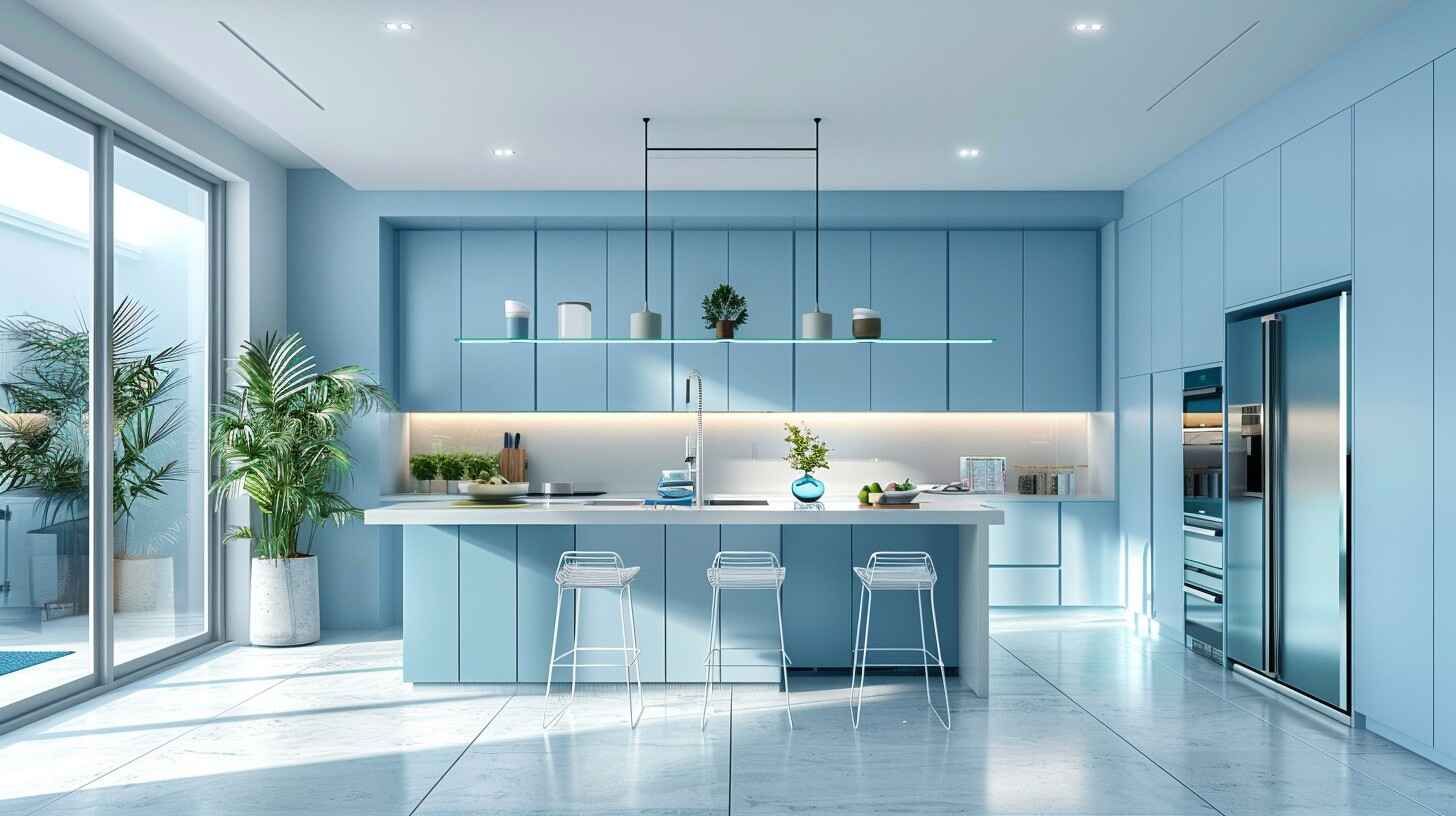How To Remodel Kitchen Cabinets Without Replacing Them?

Revamp your kitchen cabinets with finesse. Start by analyzing your current layout and noting areas for improvement. Craft a detailed plan considering functionality, materials, and budget. Choose materials like hardwood or stainless steel, and choose finishes that match your style. Update hardware with modern touches like soft-close hinges and trendy handles. Enhance storage by adding pull-out shelves and vertical dividers. Welcoming under-cabinet lighting can brighten your space. For a custom look, incorporate decorative molding. These steps are just the beginning of a successful cabinet remodeling journey, and consulting with kitchen renovation experts can ensure a seamless and professional transformation.
Planning Your Cabinet Remodel
When initiating a kitchen cabinet remodel, careful planning is vital to guarantee your space's successful and efficient transformation. Begin by evaluating your current kitchen layout and identifying areas that need improvement. Consider factors such as cabinet functionality, storage needs, and aesthetic preferences. Create a detailed plan outlining your remodel goals, including budget constraints and timeline expectations.
Next, measure your kitchen space to ensure the new cabinets fit seamlessly. Consider the dimensions of appliances, windows, and doors to avoid any complications during installation. It is also essential to think about the workflow in your kitchen to optimize the placement of cabinets for easy access and functionality.
Furthermore, research different cabinet styles, materials, and finishes to determine the best options that align with your vision and budget. Explore various design inspirations to spark creativity and incorporate elements that reflect your style. By carefully planning every aspect of your cabinet remodel, you can achieve a beautiful and functional kitchen that meets your needs and exceeds your expectations.
Choosing Materials and Finishes
Exploring various materials and finishes is essential when selecting your kitchen cabinet remodel components. The materials you choose will not only impact your kitchen's aesthetics but also affect your cabinets' durability and maintenance. One popular option is hardwood, such as oak, maple, or cherry, known for its timeless appeal and sturdiness. If you prefer a more modern look, stainless steel or acrylic materials can add a sleek and contemporary touch to your kitchen.
When it comes to finishes, you have many choices to enhance the overall look of your cabinets. The possibilities are endless, from classic stained finishes that bring out the natural beauty of wood to painted finishes that offer a pop of color and personality. Moreover, you can opt for specialty finishes like distressed or glazed for a unique and custom appearance.
When selecting the materials and finishes for your kitchen cabinet remodel, consider the style of your kitchen, your personal preferences, and the overall ambiance you wish to create.
Updating Hardware and Accessories
Enhancing your kitchen cabinets' visual appeal and functionality involves carefully selecting updated hardware and accessories that complement your chosen materials and finishes. When updating hardware, consider replacing old knobs and handles with modern styles like sleek stainless steel, chic matte black, or trendy brass. These small details can significantly impact the overall look of your cabinets. Moreover, installing soft-close hinges and drawer slides can improve the functionality of your cabinets, providing a smooth and quiet closing mechanism.
To elevate your cabinet's aesthetic further, consider adding under-cabinet lighting to brighten up your workspace or installing pull-out shelves for easier access to pots, pans, and small appliances. Display shelves with stylish brackets can showcase your favorite dishes or glassware, adding a touch of personalization to your kitchen. In addition, incorporating decorative molding and trim can create a custom, high-end look that ties together the entire cabinet design. You can transform your kitchen cabinets into a functional and stylish space by carefully selecting updated hardware and accessories.
Maximizing Storage Solutions
Strategic implementation of innovative storage solutions within your cabinets is essential to optimize the functionality and organization of your kitchen space. Consider installing pull-out drawers or shelves when maximizing storage in your kitchen cabinets. These provide easy access to items at the back of the cabinet without rummaging through clutter. Vertical dividers or racks inside your cabinets can help store baking sheets, cutting boards, and trays more efficiently, preventing them from cluttering your countertop. Another clever storage solution is incorporating a lazy susan into corner cabinets, allowing you to access items at the back with a simple spin.
Moreover, installing under-cabinet racks or hooks can create extra space to hang mugs, utensils, or even small pots and pans. By combining these innovative storage solutions, you can effectively maximize the storage capacity of your kitchen cabinets while keeping your space organized and functional.
Other Kitchen Remodeling ideas:



